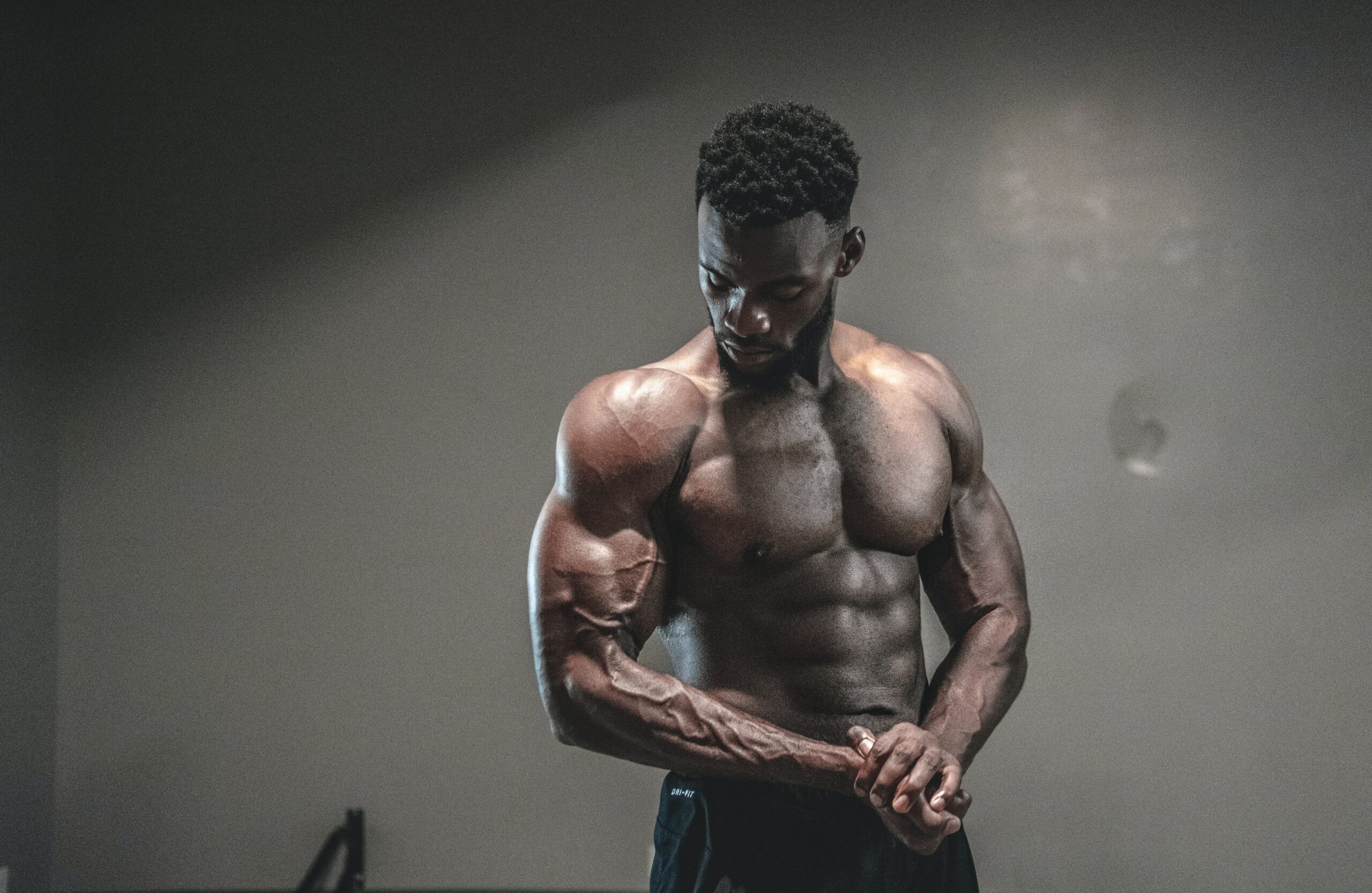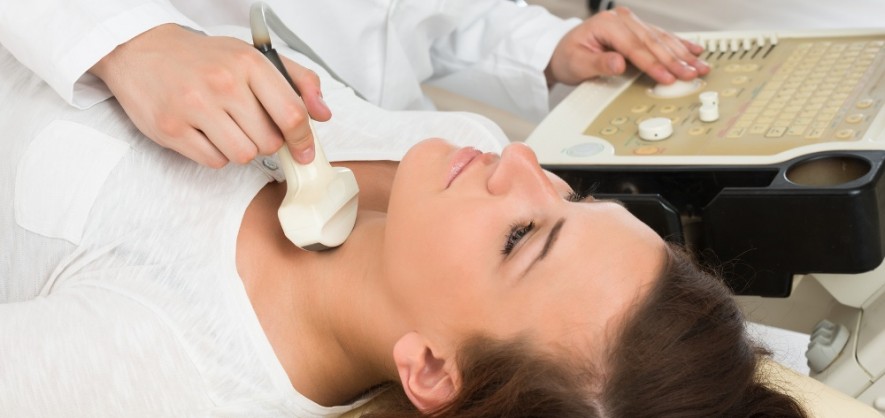Testosterone is a hormone — not a male or female hormone — but just a hormone, that simply happens to be produced some 20 times more in men’s testes than in women’s ovaries. It is also a steroid hormone, which means that it’s fat-soluble — allowing it to penetrate and enter directly into cells, as opposed to non-steroid hormones — which sit on the outside of cells. Testosterone is also an anabolic steroid, which means it builds things and supplies things (like protein) for muscle building and (collagen) for bone building. It is also a sex hormone — which means it makes people competitive, aggressive and sometimes unreasonably sensitive. In this article, I will discuss the pathway that decreases testosterone, and the ways to optimize this hormone.
Many articles point out the analysis that testosterone is produced — or rather, manufactured — in the testes of men, and ovaries of women, and adrenal glands of both sexes. But this hormone is greatly affected by the conditions of one particular organ — the largest internal organ: i.e., the liver. Low testosterone levels do not simply indicate that you need to increase your testosterone levels — it indicates that there is some type of malfunction somewhere — highly suspectably initiated in the liver.
But how is testosterone created?
Our body metabolizes cholesterol from the food we eat and from the synthesis of cholesteryl ester that the liver produces. Cholesterol makes hormones, including the hormone pregnenolone. Metabolized pregnenolone is turned into Dehydroepiandrosterone (DHEA) and progesterone. DHEA and progesterone are converted into many other hormones, including testosterone. As previously mentioned, testosterone cannot simply be classified as a male hormone because testosterone can and often do turn into estradiol — a form of estrogen (the so called female hormone). In the bone and brain, testosterone is easily converted to estradiol, by the aromatase enzyme. In the central nervous system, it is this estradiol that serves as the most important feedback signal to the hypothalamus. In many animals, it is this estradiol that masculinizes the brain of the male fetus.
Interestingly, testosterone distribution throughout the body appears surprisingly stingy. Most scientific articles you read will say that about 98 percent of testosterone is strongly or weakly bound to proteins, and about 2 percent is free testosterone, ready for immediate use. Unfortunately, much of what they know about the binding up of testosterone by proteins is pure speculation, based off of hypotheses, and not facts. There are many proteins that are responsible for storing and carrying testosterone, the main ones being sex hormone-binding globulin (SHBG), human serum albumin (HSA), and to a lesser extent, corticosteroid-binding globulin (CBG) and orosomucoid. And then we have after these, “free testosterone”. But the “binding up” or distribution of testosterone by protein is greatly influenced by age. If SHBG — which has a strong bind — is being bound to testosterone at a rate of 65 percent, then that person must be somewhere around 65 years old — or young and ill. If the SHBG is 49 percent, then you ought to expect that person to be somewhere around 49 years old! So SHBG percentage increases with age.
In fact, after about age 30, men naturally or unnaturally lose testosterone levels by 1 or 2 percent each year thereafter — so by the time he reaches the age of 60, that man would expect a testosterone loss anywhere from 30 to 60 percent. The increase of SHBG is an indicative sign of increased toxic heavy metals and a decrease in liver function. So protein-binding increase, like that of SHBG, should be an indicator of increased age, or increased disease! Furthermore, when there is increased heavy metals and liver dysfunction, that opens the way for testosterone to turn into estradiol. This explains why so many men experience dramatically increased estrogen levels and lowered testosterone levels after age 50.
And there is that mighty co-relation between cholesterol and testosterone. In fact, cholesterol is the raw material of testosterone; and a defect in cholesterol directly affects testosterone. If your cholesterol numbers are uncomfortably high, then your testosterone numbers may show uncomfortably low. Being that that raw material — cholesterol — is made in the liver, and testosterone is made from cholesterol — alas — a testosterone problem is most likely coming from a liver problem! And if your cholesterol numbers are, conversely, uncomfortably low, then this low may be too low for the necessary production of adequate testosterone.
Low testosterone levels may also be indicative — a sign — that the liver is storing too high amounts of free iron. This is not a good thing. The liver does not like to store high, free iron because, this damages said organ. It may surely prove wise to get [one’s] ferritin levels tested. Any level over 60 is indicative of too much free iron being stored in and dispersed by the liver. This nowadays is a major cause of decreased testosterone levels in both men and women.
Generally speaking, men between the ages of 40 to 60 should seek a total testosterone number of over 500; and optimally, over 650. Premenopausal women should aim for around 35, and postmenopausal, around 30 or higher. Testosterone increase may enhance sex-drive for both men and women. Noteworthy, the most accurate testosterone test results is obtained at around 8 am in the morning.
So to optimize your testosterone levels, consider rejuvenating the liver therefore. An ayurvedic herb called kutki will help do that. It is no coincidence that kutki also reduces high LDL and its cholesterol and that that herb reduces oxidation of LDL and cholesterol. Other herbs that may be helpful for the liver are burdock root and artichoke extract.
There are also other herbs that will optimize testosterone and the liver, namely fenugreek and ashwagandha. It is well known that both fenugreek and ashwagandha indirectly provide the raw nutrients that boost and optimize testosterone levels in both sexes — male and female. Ashwagandha, used short term, increases sperm volume in men, muscle size, bone strength and sleep quality in both sexes — critical assets needed for testosterone optimization. Fenugreek increases libido. Fenugreek may also manage glucose levels in the blood and increase insulin sensitivity. This increased insulin sensitivity works in favor with testosterone production.
And there are minerals that optimize testosterone levels — namely zinc, selenium, boron, and magnesium. For example, zinc prevents the aromatase enzyme that turns testosterone into estrogen from that process, thereby by default, helping to accelerate testosterone and sperm production in the testes. Magnesium and boron help activate free testosterone. It is important that you obtain the right type of mineral, preferably in the natural food-base form, rather than the synthetic. For zinc, try Nutrigold Zinc Gold, for selenium, try Food Research Selenium E, for boron, try Vibrant Health Super Natural Boron, and for magnesium, try malate, taurate, glycinate and/or citrate.
And there are vitamins that optimize testosterone levels — namely vitamin D, E and K — the fat soluble vitamins. It seems as no surprise that testosterone has an affinity to fat soluble vitamins, since testosterone is a fat-soluble hormone.
Still another supplement to consider in boosting testosterone is a natural form of vitamin C. As I’ve stated, one of the binding proteins of testosterone is, corticosteroid-binding globulin. Corticosteroid is a constituent of the hormone cortisol. An unbalanced rise in cortisol decreases testosterone production. Taking natural vitamin C reduces that rise in cortisol. There is an herb-berry called amla — very popular in ayurveda — that contains both natural vitamin C, polyphenols, and copper. These nutrients work in synergy to help build back a better liver, intestines, lymphatic system and colon — things that are all needed to optimize one’s testosterone levels.
Then we also cannot forget about the B vitamins. The [stress] hormone ADRENALINE turns [on] cortisone (inactive) into cortisol (active). But the body is suppose to turn cortisol back into cortisone to prevent long term damage, with an enzyme called 11beta-Hydroxysteroid. But for this enzyme to work, we need dietary niacin to turn the [NADP] cycle into ATP — and that’s also why so many men AND women are low on testosterone! The bottom-line here is, we need daily and adequate amount of B vitamins!
And finally, to deal with free, unbound iron building in the liver, try IP-6/Inositol (on an empty stomach) for a few months. Keep in mind that IP-6 chelates not only iron — but also other minerals (and vitamins) like calcium and zinc. So be sure to increase these with food-base supplements, or nutrition.
Though they are becoming increasingly popular, I still cannot recommend either pine pollen or the herb tribulus terrestris for testosterone issues. Pine pollen contains natural testosterone, which may — over time — atrophy the testes, ovaries and other organs from producing testosterone naturally. You do not want to add testosterone to your body — you want to harness and encourage the organs that produce it, to optimize it. Therefore, tribulus terrestris comes with too many side effects, and will not directly optimize or boost your testosterone levels; and is best to avoid, unless you are using it for specific other reasons.
So to optimize your testosterone levels, consider fixing the liver with:
- Kutki (Burdock root or artichoke extract may work as well)
And, to nutritionally build back the body, try:
- Fenugreek
- Ashwagandha
- Zinc: Food Research Zinc Complex
- Selenium: Food Research Selenium E
- Vitamin E: Food Research Selenium E
- Boron: Vibrant Health Super Natural Boron
- Magnesium: DaVinci Laboratories TRI-MAG 300
- Vitamin D: Sunlight, salmon, lichens
- Vitamin K2: Jarrow Formulas MK-7
- Vitamin C: Amla
- Vitamin B: FOOD RESEARCH B Stress Complex
- IP-6/Inositol


